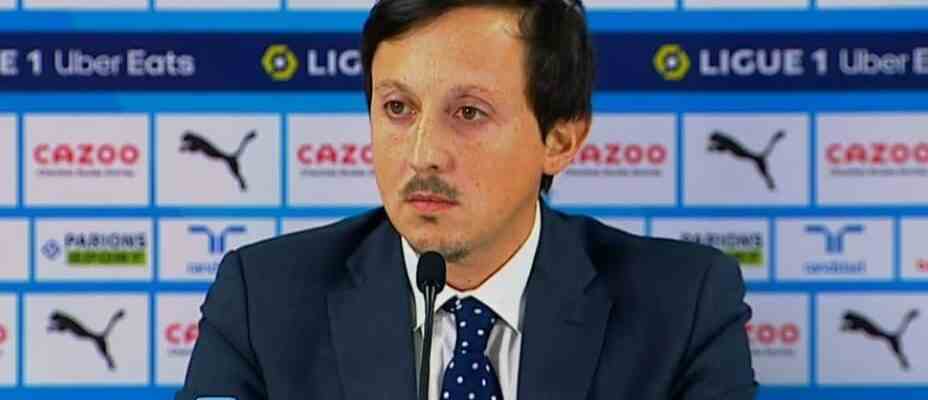At a press conference, after presenting Azzedine Ounahi and Vitinha, OM’s latest recruits this winter, President Pablo Longoria gave an update on the economic situation of the club and the transfer window.
To secure the services of Vitinha and Azzedine Ounahi in the last days of the winter transfer window, Olympique de Marseille has committed 40 million euros in transfer compensation. A significant budget for two young talents who have yet to prove themselves at the highest level. “With the development [économique] of the Premier League, young players in Europe cost more and more. The competition is immense”, commented Marseille President Pablo Longoria at a press conference, after the presentation of these two recruits.
Vitinha alone costs 32 million euros in compensation. “In the youth attacking market, the numbers are important,” admitted the Spanish leader. But he finds his account there: “We want to create value and have players who value the workforce”.
“We have not changed dimension”
Pablo Longoria then explained how he went about these two signings: “For Ounahi and Vitinha, the will of the player is important. If a player really wants to go to a club, you are in a strong position. Afterwards, the economic situation of Braga is not that of Angers. Each transfer is different. We have to find the best possible timing to make operations. In our case, we had well established the strategy of waiting until the end to Ounahi. To seek to eliminate all competing clubs. In the case of Vitinha, it is different and linked to the need to have a number 9 after the sale of Bamba Dieng.”
In addition, the OM boss made a point of clarifying the club’s economic situation, insisting on the fact that we should not only focus on the figures which leaked in the press: “I am always surprised that we always talks about the price of a player with the transfer amounts. You have to take into account the salary, the duration of the contract. It’s complex. You have to take into account the cash flow, know how long we pay the players. There is the wage bill to stabilize, the selling prices, knowing when the clubs pay the players.
“We have not changed in size, added Pablo Longoria. We play football with the means available. We have made our calculations to seek to strengthen the workforce by playing on cash, on the amortization capacity, on players’ salaries to have an economic situation on February 1 identical to that of December 31. We think we have reinforced the workforce. So it is a positive economic indication”.

